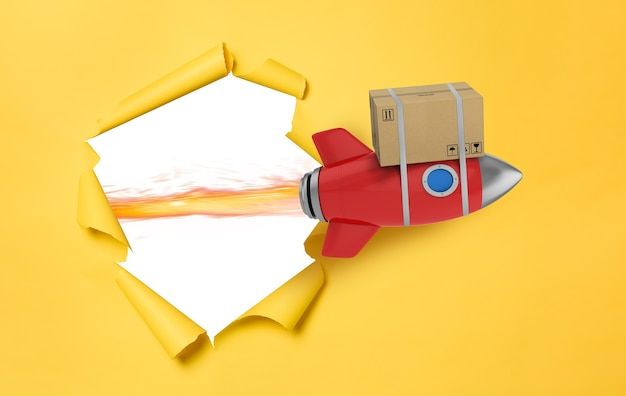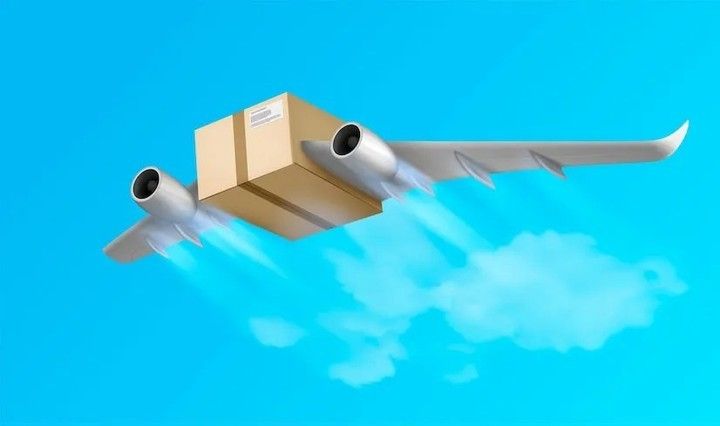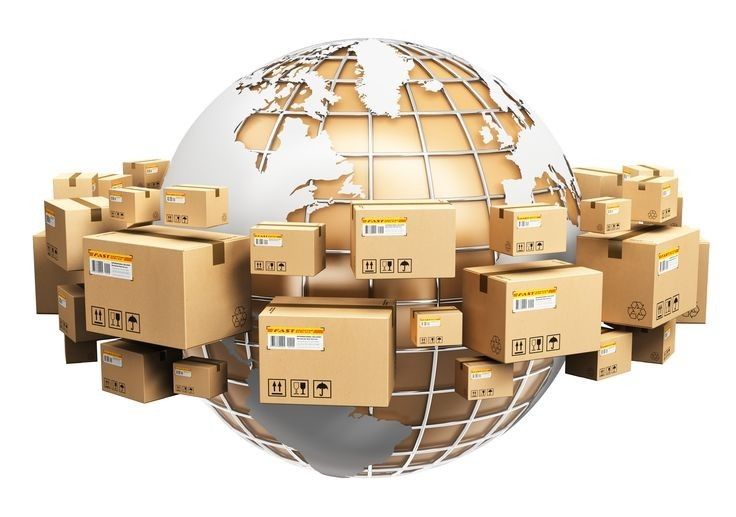Imagine that you need an important document urgently. It's 9 am on Monday, and it's in New York. And you, in Tokyo. Traditional express delivery takes 3 days or more. But what if you have an option of rocket delivery? It only takes an hour, or even less, for a document to "jump" directly from one end of the globe to the other. This sounds like a plot in a science fiction movie, but it is moving from a dream to reality and becoming the most subversive "crazy" idea in the future logistics field.

While people are still looking forward to the distant future technology such as "space elevator", some pioneer enterprises have turned their attention to the more feasible "intercontinental rocket logistics". This is not a fantasy, but a further application based on the existing recoverable rocket technology.
At present, SpaceX, a space exploration company, has successfully mastered the recovery technology of rocket primary booster and achieved repeated use. This means that the launch cost of rockets is greatly reduced, from the "luxury goods" that used to cost tens of millions of dollars to the "means of transportation" that can be operated on a large scale. And intercontinental rocket logistics, it is by using this technology dividend, extends the rocket's "manned cargo" ability from earth orbit to the earth's surface.
Working principle: not "flying around the earth", but "jumping" landing
The realization of rocket intercontinental logistics is not to make the rocket circle around the earth's low orbit, but to use the powerful thrust of the rocket to send the goods into the suborbital trajectory.

Specifically, a cargo ship will be carried on the top of the rocket and lifted vertically from the launch site. After reaching a certain altitude and speed, the spacecraft will be separated from the rocket and fly to its destination along a huge parabolic orbit. This process is like playing golf. You hit the ball (cargo ship) high enough and far enough with a club (rocket), and then let it fall freely and land near the target hole (destination) accurately.
Because most of the flight paths are outside the atmosphere and there is no air resistance, the spacecraft can fly at a very high speed. This enables the long journey from New York, USA to Sydney, Australia to be completed in just one hour. When the spacecraft re-enters the atmosphere, its specially designed heat shield and landing system will ensure that it can land safely and smoothly.
Challenges and Opportunities: From "Space Travel" to "Daily Commuting"
Of course, the challenges faced by this technology are equally huge. The first is cost. Although the recoverable rocket technology has greatly reduced the launch cost, the cost of a single launch is still high. How to control the cost in a commercially acceptable range while ensuring timeliness is the primary problem that logistics companies need to solve.

The next is safety and accuracy . Transporting goods at the speed of several times the speed of sound puts forward extremely high requirements for the landing accuracy of spacecraft and the impact resistance of goods. You need to ensure that fragile objects are still intact after severe vibration, and you also need to ensure that the spacecraft can land at the scheduled landing site accurately, rather than deviating from hundreds of kilometers.
Finally, infrastructure construction. This service requires the establishment of rocket launch and recovery sites all over the world and the formulation of strict airspace management rules. This requires extensive international cooperation to turn this technology from concept to reality.




